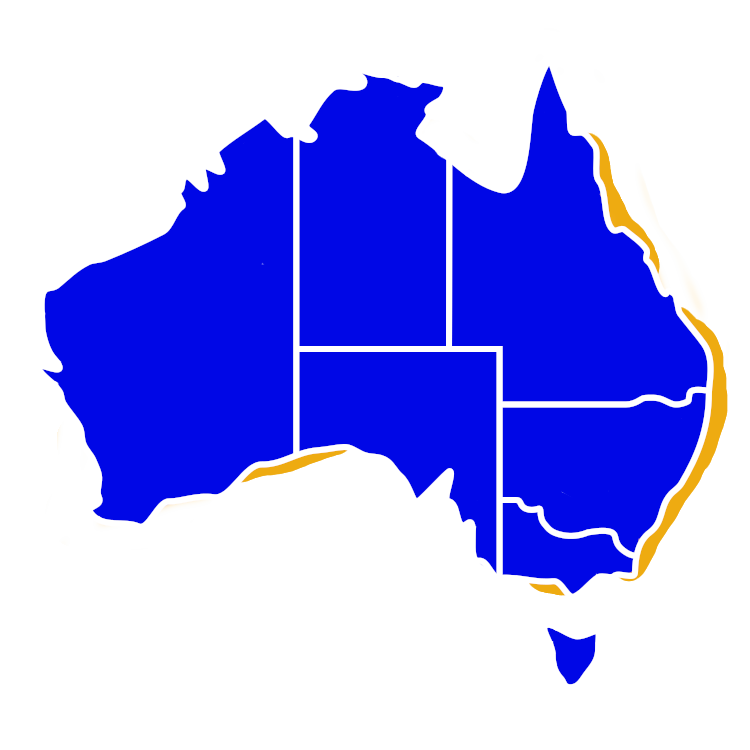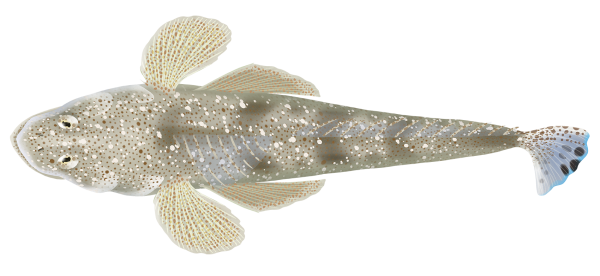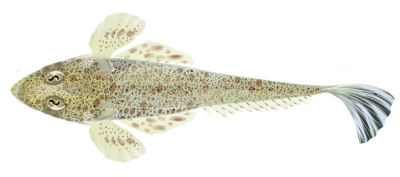Quick Facts
Distribution

Interesting Info
- The Dusky Flathead is widespread along the Australian coastline. It is predominantly found in the waters of Eastern and Southern Australia, from the central coast of Queensland, down through New South Wales, Victoria and parts of South Australia
- They are notable for their distinct, broad, and flat heads. They have a sandy or mottled brown colour on their upper body that fades to white on the belly, allowing them to blend into the seafloor.
- Dusky’s are carnivorous, feeding on a diet primarily composed of smaller fish, crustaceans, squid and molluscs. Their flat heads and large mouths are well-adapted to capturing and swallowing their prey.
- They can grow quite large, with females significantly larger than males. Females can reach up to 1.2 meters in length, while males typically only reach around 50 centimetres.
- Dusky Flathead is a demersal species, which means they lay their eggs on or near the sea floor. The female fish can lay hundreds of thousands of eggs at a time, which are then fertilised by the male..
- A distinguishing factor for a Dusky Flathead is in the tail fin. It is bluish grey on the bottom half and brown spots on the upper half.
- They can live up to 20 years in the wild. However, the average lifespan of the species is usually around 10 to 15 years.
Species Interaction
Commercial & Recreational Fishing
Dusky Flathead are a highly targeted recreational fish known as an excellent eating and fighting fish. They are regularly targeted in estuaries and coastal waters. Due to their popularity and to ensure fish stocks, they are largely a catch and release species. Especially for the larger females over 70 cm (27.5 in).
Dusky Flathead are commercially fished with mesh nets during the winter months. Commercial quantities are greatly exceeded by recreational fishing.
Scientific Classification
Kingdom: Animalia
Phylum: Chordata
Class: Actinopterygii
Order: Scorpaeniformes
Family: Platycephalidae
Genus: Platycephalus
Species: Platycephalus fuscus
Conservation Status
There is little information on the conservation status of the Dusky Flathead. This species has not been evaluated by the International Union for Conservation of Nature (IUCN).
However, as its a fast growing species combined with great catch and release efforts, there are limited concerns of over fishing.
Fish Taste Quality
Dusky Flathead are a good table fish. Often served whole or as fillets.
Taste Rating: 4/5
How to catch
Dusky Flathead
Catch Difficulty: Easy
Tackle: Patternoster Rig, Running Sinker Rig, Artificial Rig
Bait: Anchovy, Crab, Fresh cut flesh baits, Herring, Lures, Bait jig, Pilchards, Prawns, Squid, Worms, Yabbies, Soft plastics
Technique: Keep bait on the bottom, Trolling, Cast lures close to structure
Popularity: Highly targeted





